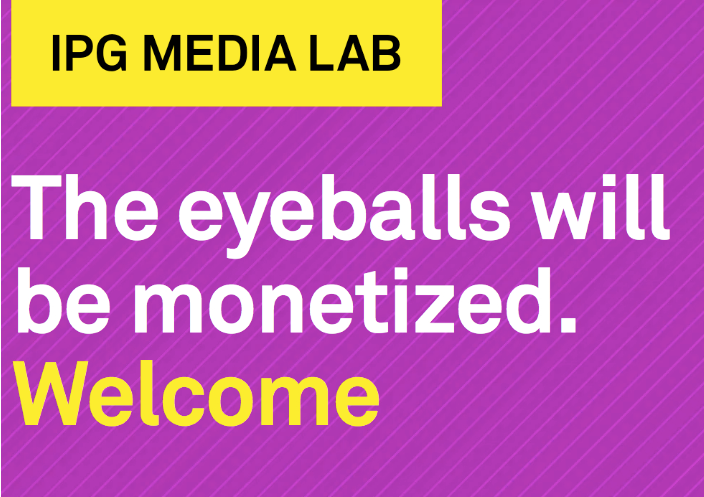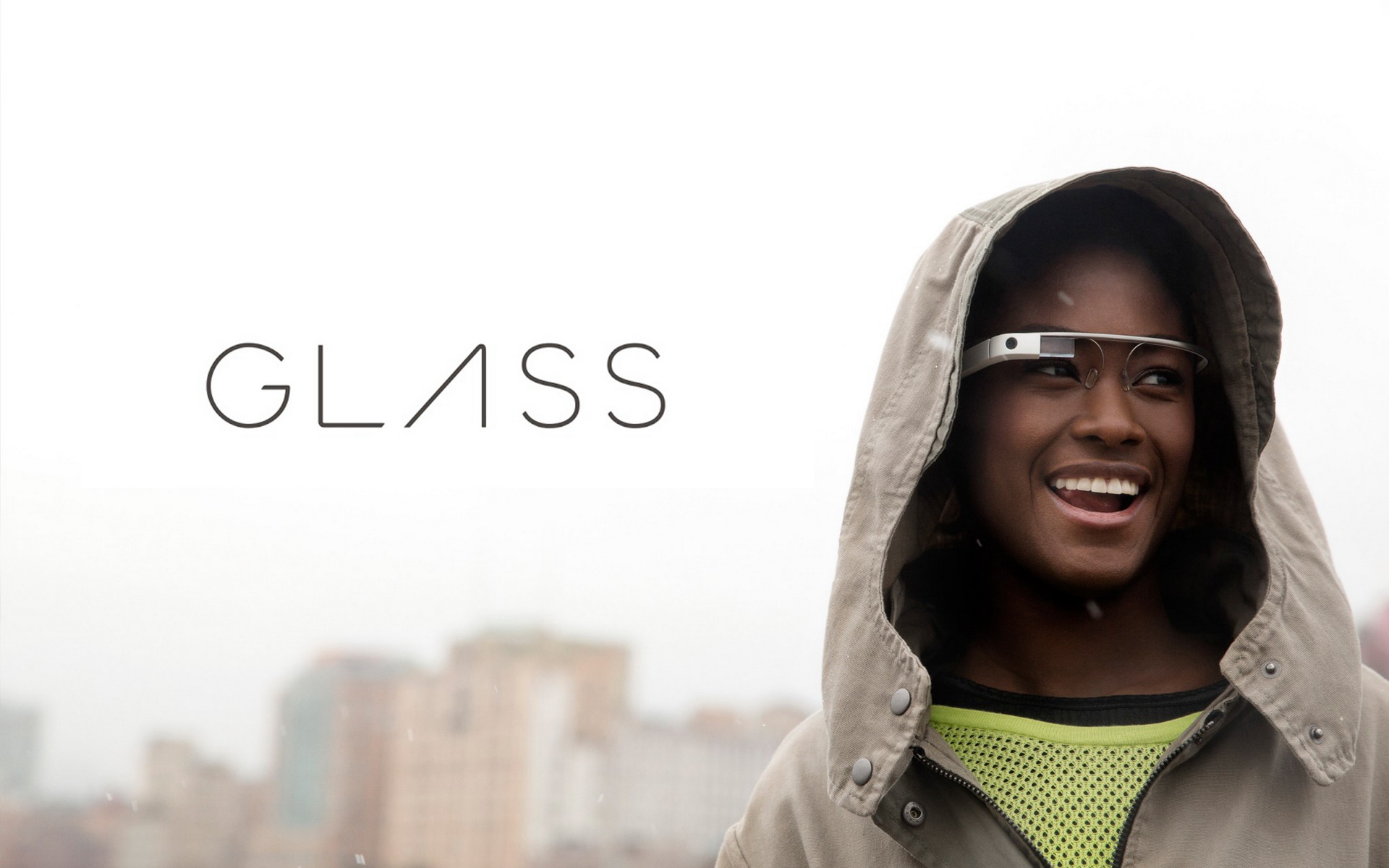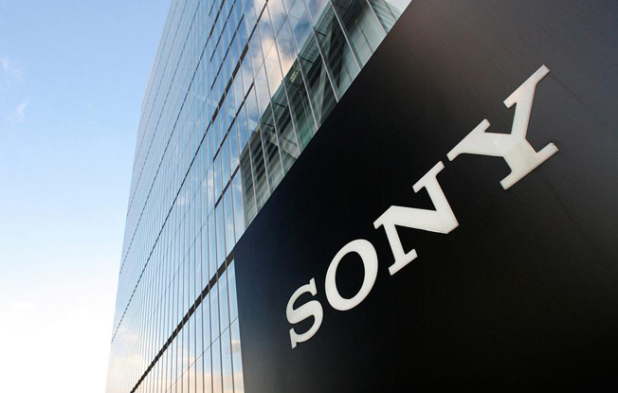Most industry folks would agree that the Holy Grail of marketing is to create a) highly targeted advertising b) at scale. This is, however, no easy feat…
As we point out in the recently released Second Screen Fallacy report, the simultaneous usage of a mobile device while watching TV (a behavior true of most mobile users at this point) is the best means we have of personalizing the TV experience. But while mobile offers the best means of personalizing, TV continues to be the most effective medium for reaching audiences at scale.
Recognizing that “second screen” is a nebulous and often misleading term, in this case we are using it to represent a two-screen advertising strategy, regardless of which you would consider the “first” and “second” screens.
A recent Forbes article does a great job of describing what we might call a “marriage of convenience” between Twitter and TV networks and their hybrid offspring: Twitter Amplify, which enables complementary content to be served up to users on the second screen. But we have started to observe a different dynamic occurring between the two screens; TV content is now starting to be used to contextually target a user on mobile platforms.
Not only do marketers want to know who the users are, but also what mood they are in, and what interests they’ve recently indulged in (cooking, sports or X Factor?) so we can target them with right message at the right time, according to their specific mindset. Ultimately, TV provides rich behavioral insight for mobile targeting, and this dual screen dynamic is opening the doors to richer and more personalized mobile targeting, powered by hefty TV audience data.
In my previous life as a digital media planner, the daily banter with ad ops would include: “how many cookies do we have in the cookie jar,” because some of our campaigns were so targeted it would sometimes take weeks to gather enough cookies for a fully-fledged retargeting campaign. But TV is a ready-and-waiting, data-rich cookie pool which can now be activated, thanks to the “second screen” industry.
And so far, it is showing promise. AdTonik, a “second screen” startup, found that using TV as a “cookie” off which to retarget mobile ads has resulted in a reported 3-10x increase in mobile engagement (compared to straight-up mobile buying).
Meanwhile, at the Lab, we are starting to establish best practices in this nascent space. In partnership with Collective, we have conducted research (to be released soon) focusing on Collective’s cross-screen targeting capability, TVA. Our research demonstrates that re-messaging people sequentially (meaning within 10 to 40 minutes of TV exposure) across screens yields the highest ad breakthrough. We also found that using the same creative across the two screens is more effective than switching (at least until breakthrough has been achieved).
Another potential twist on this theme, from our resident broadcast visionary, Brian Hughes, is to reverse engineer the flow of data, using mobile as the “cookie” to make TV advertising more targeted and effective.
“Simulmedia, for example, already allows you to buy targeted local TV ads based on content people are watching,” he noted; “why can’t we use the richer data available via mobile to create more targeted TV ads?”






